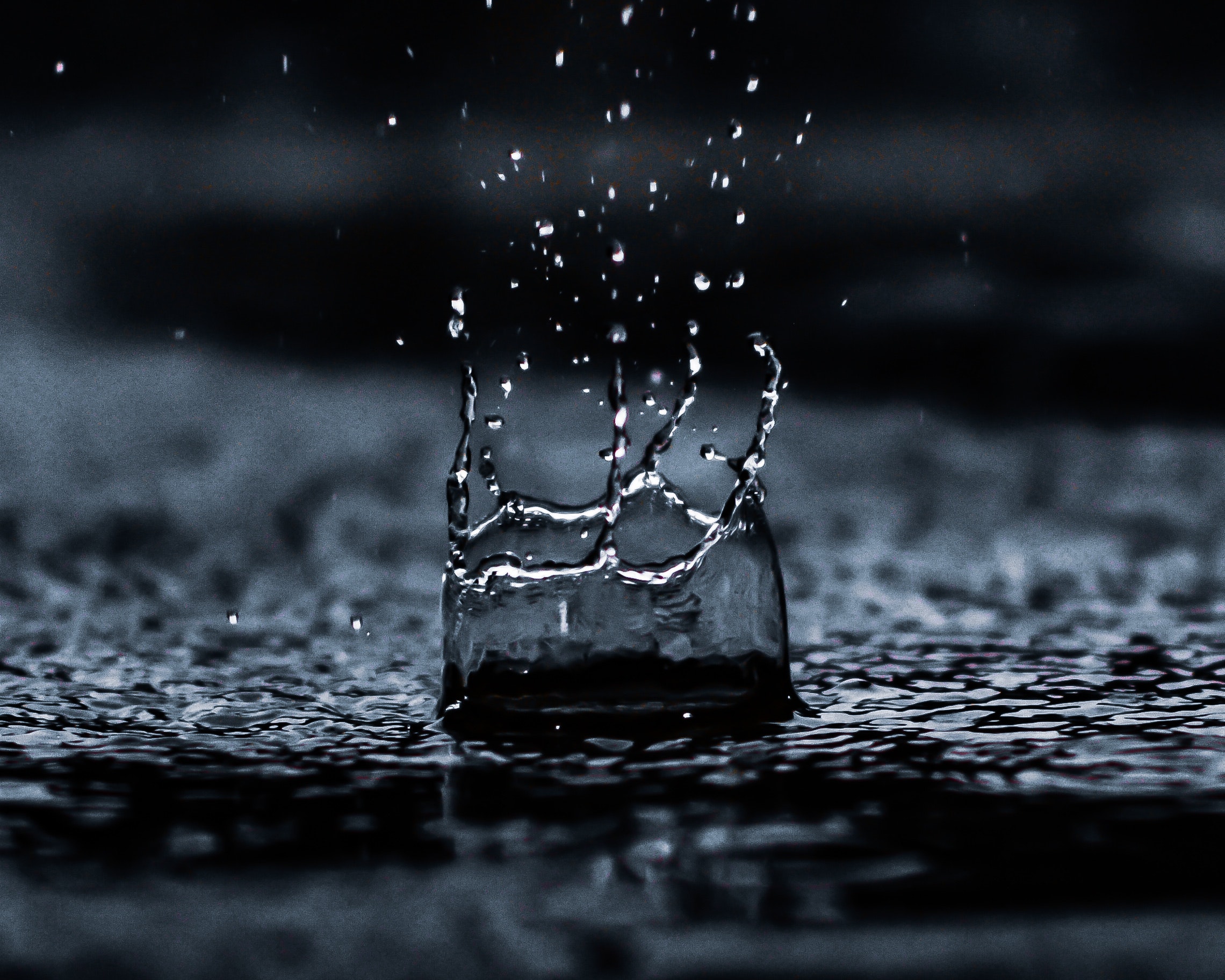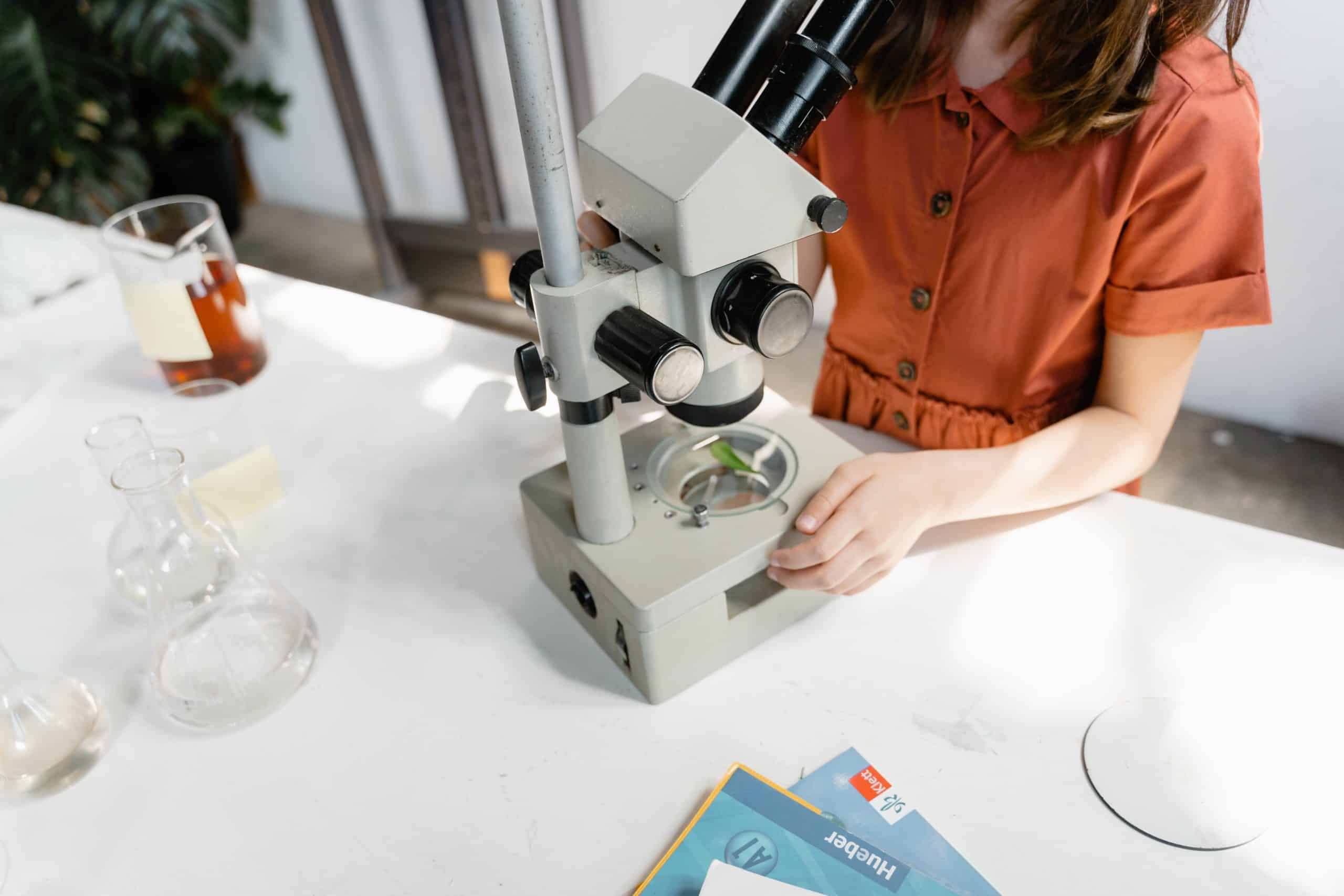First published: 27 March 2022 @ 6:00 pm
Distilled water is a clear liquid that is left after all impurities have been removed from the water.
There are a lot of uses for distilled water, and you can use it to clean things, cook with it, and drink it.
The one problem with distilled water is that there are not a lot of ways to test how pure the water is. There are only two ways to test the purity of distilled water: boiling and freezing.
Boiling can remove the salts, minerals, and other organic materials that are in the water.
I’m going to show you some cool experiments you can do with your own distilled water.
Some of these experiments will be fun for the whole family, but others may be more for science geeks or chemistry teachers who want to give their students a chance to try something new!

The first thing you’ll need is some distilled water.
If you have your own private well or spring that produces pure spring water, then this experiment won’t work.
Instead, use tap or filtered tap water in your tests.
You can also buy bottled spring or purified water if you don’t have any at home.
Distilled water is made by filtering out the impurities in water, leaving only pure water. It is different from bottled spring water or purified water in that it is not purified to the same level.
For example, it may have been filtered through a carbon filter. Doing so removes some of the minerals and metals that are in tap or filtered tap water. Also, some bottled waters have leftover iodine or other chemicals that can make your skin itch.
By the way, you also need to make sure that the glasswares you are going to use are sterile.
Wash them with a chromic acid solution if possible and dry them properly.
As for glassware, normally you should allow it to dry on the shelf. Protect your clean glassware from dust.
It is not recommended to dry your glassware using a paper towel or forced air. This can introduce fibers or impurities that could potentially contaminate the solution.
All experiment materials ready? Let’s go be a little scientist!
1. Sugar Test
Put 1 teaspoon of sugar into your distilled water and wait for about 5 minutes to see what happens.
Sugar dissolves much faster in distilled water than it does in tap or filtered tap water because it is so pure!
If you add more sugar, you can watch how fast the dissolved sugar mixes with the rest of the solution to form a clear syrup at the bottom of your glass container (the bottom layer will be very thin).
2. Baking Soda Test
Put 1 teaspoon of baking soda into your distilled water and wait for about 5 minutes to see what happens.
Baking soda also dissolves much faster in distilled water than it does in tap or filtered tap water because it is so pure!
Click on the next page to learn more about 4 cool distilled water chemistry experiments!

